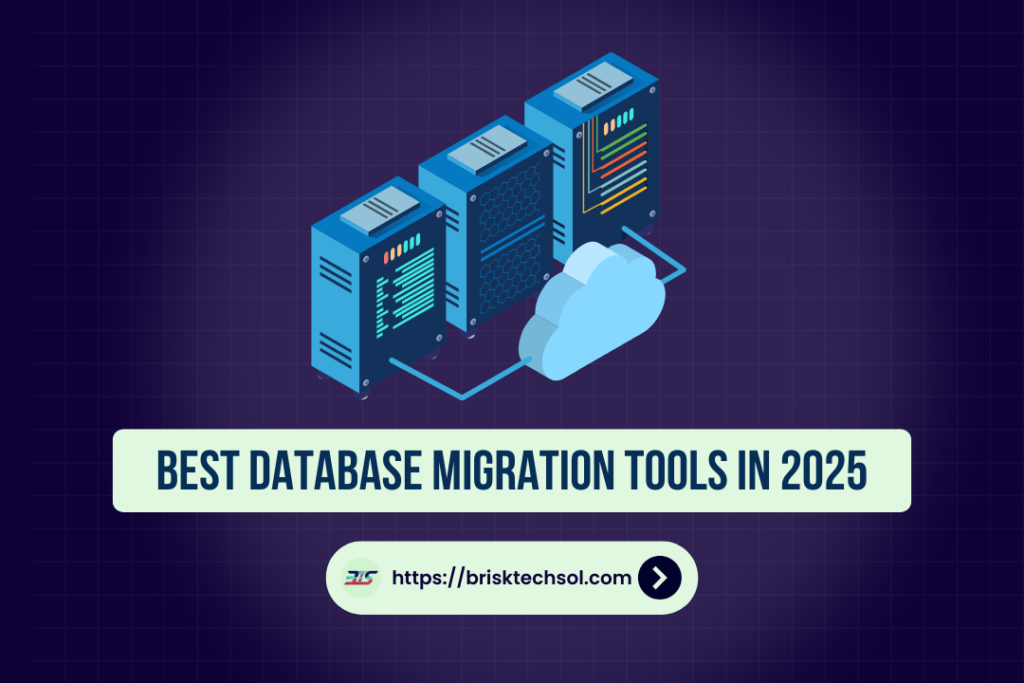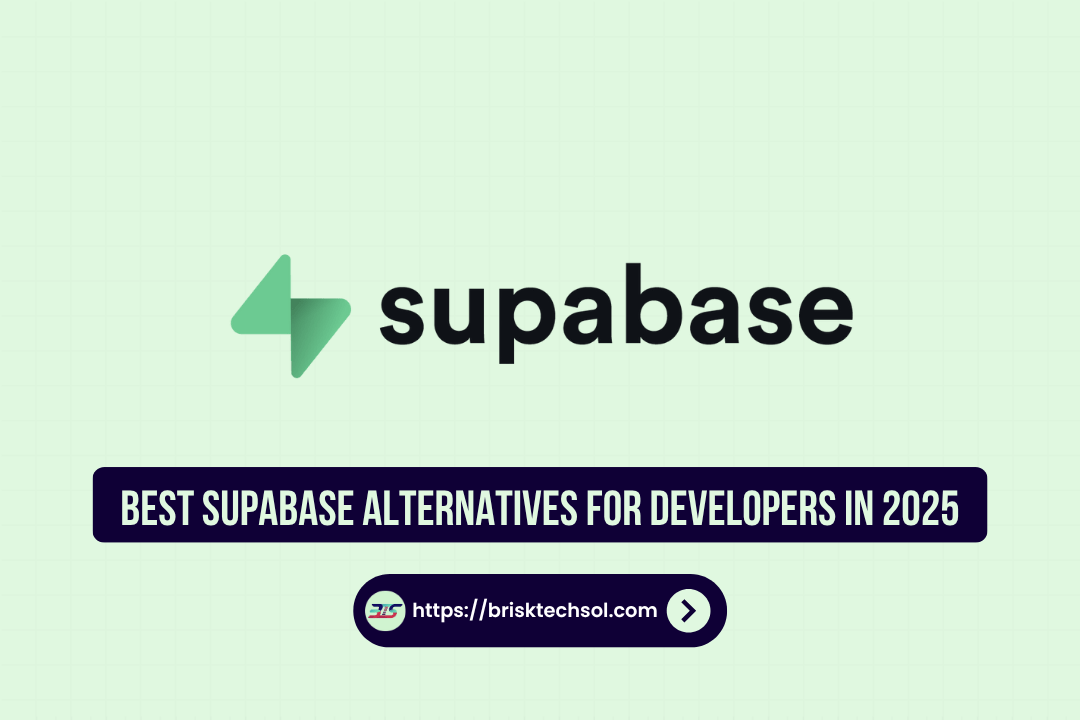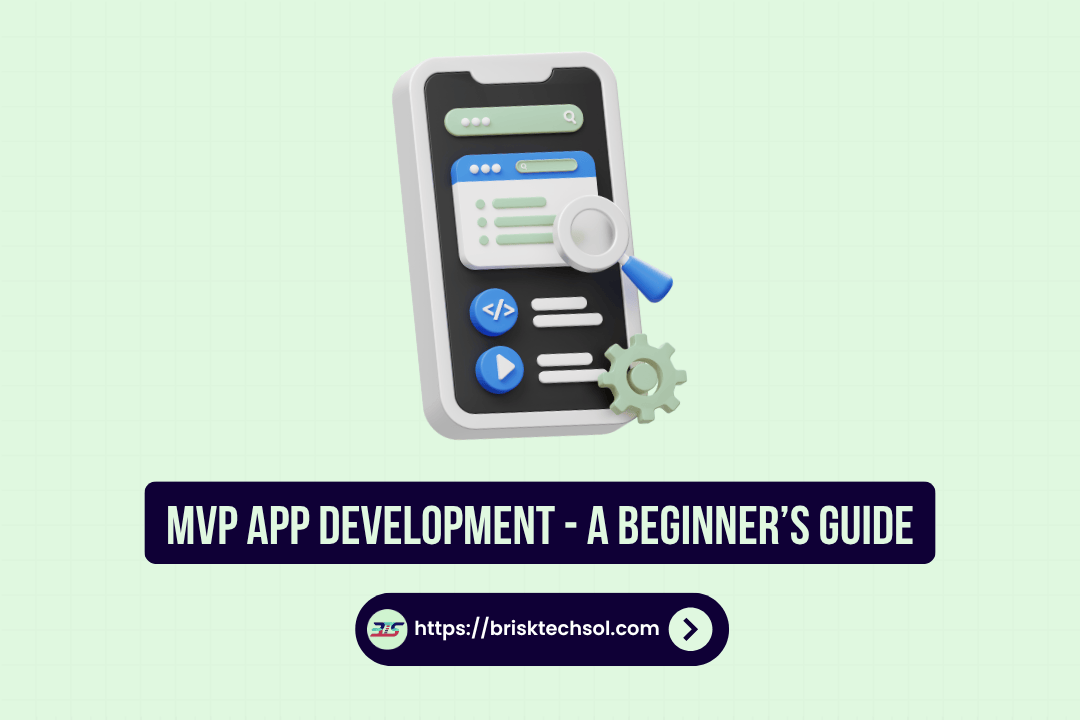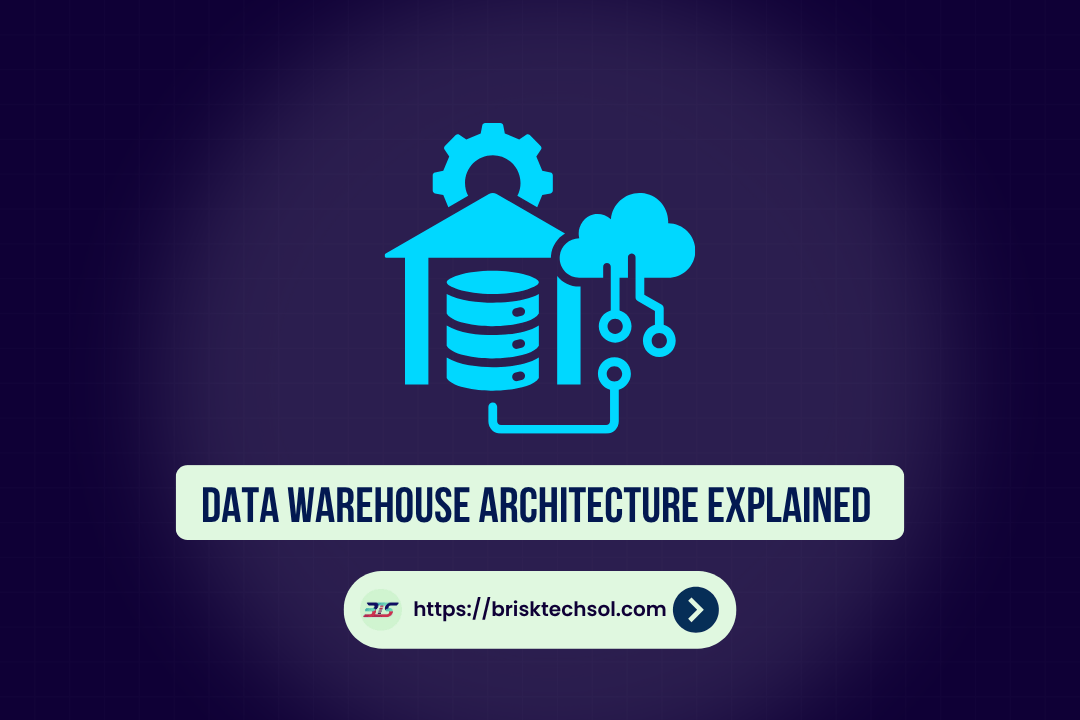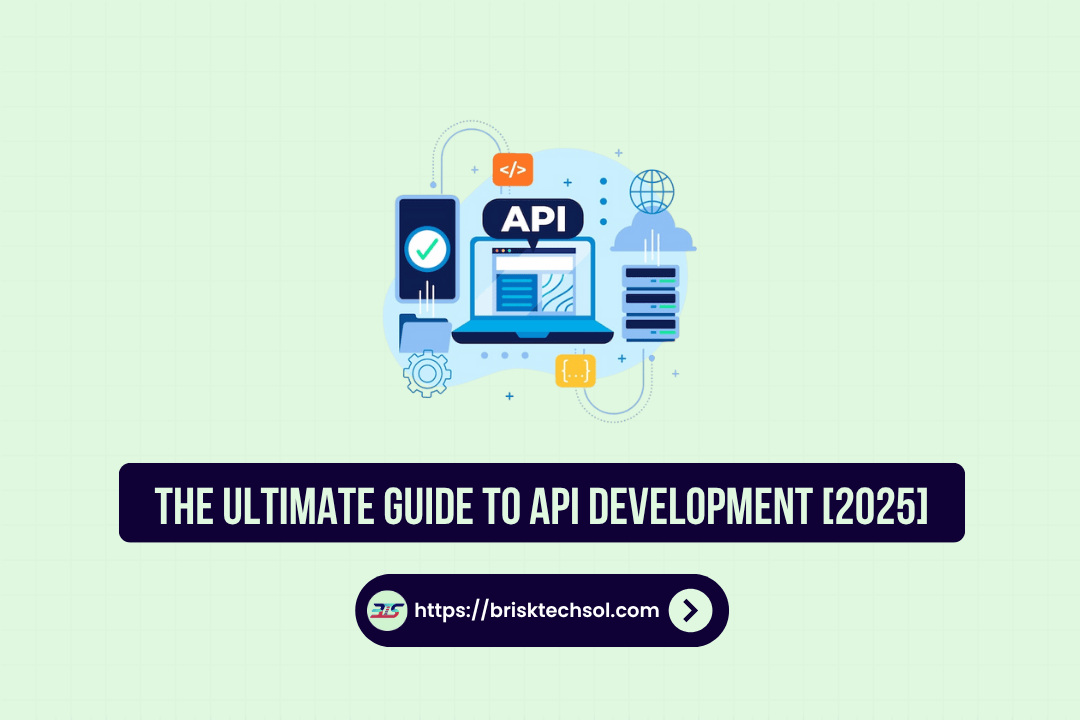Imagine upgrading your legacy system without losing a byte of data or experiencing downtime. Database migration tools make this possible by streamlining the process of moving data between systems, formats, or environments. In this guide, we explore what database migration tools are, why they’re essential, and how to choose and use them effectively for a smooth transition.
Why Database Migration Matters
Migrating databases is often critical for modernizing systems, consolidating data, or switching to cloud-based environments. A successful migration minimizes disruption while ensuring data integrity and performance.
Key Benefits:
- Modernization: Upgrade to newer, more efficient database systems.
- Scalability: Transition to platforms that can better handle growth.
- Cost Efficiency: Reduce hardware and maintenance costs.
- Enhanced Performance: Leverage advanced features and improved processing speeds.
- Business Continuity: Ensure data remains accessible during transitions.
What Are Database Migration Tools?
Database migration tools are software solutions designed to automate and manage the process of transferring data from one database to another. These tools help convert schema, migrate data, and verify the integrity of the migration—all while minimizing downtime.
Key Functions:
- Schema Conversion: Automatically translate database structures.
- Data Migration: Transfer data accurately and efficiently.
- Transformation: Adapt data to the target database format.
- Validation: Verify that data is consistent and complete post-migration.
Key Features to Look For
When evaluating database migration tools, consider the following essential features:
- Ease of Use: A user-friendly interface to simplify complex migrations.
- Minimal Downtime: Tools designed to reduce or eliminate system downtime.
- Data Integrity: Robust mechanisms to ensure accuracy and consistency.
- Automation: Support for automated migration processes.
- Compatibility: Ability to handle multiple database systems and formats.
- Reporting & Logging: Detailed logs and reports to monitor progress and troubleshoot issues.
Popular Database Migration Tools
Several tools stand out in the market for their effectiveness and ease of use. Here’s a comparison of some popular options:
AWS Database Migration Service (DMS)
- Overview: Enables seamless migration to AWS databases.
- Pros: Minimal downtime, supports heterogeneous migrations.
- Ideal For: Organizations moving to AWS cloud.
Microsoft Data Migration Assistant (DMA)
- Overview: Assists in migrating from legacy systems to SQL Server or Azure.
- Pros: Comprehensive assessment and migration support.
- Ideal For: Windows-based environments.
Flyway
- Overview: A lightweight, open-source database migration tool.
- Pros: Easy integration into CI/CD pipelines, version control for schemas.
- Ideal For: Continuous integration environments.
Liquibase
- Overview: Open-source tool for tracking, managing, and applying database changes.
- Pros: Strong community support, flexible change tracking.
- Ideal For: Agile development and continuous deployment.
Talend Data Integration
- Overview: Provides robust data migration and integration solutions.
- Pros: Extensive ETL capabilities, strong data transformation features.
- Ideal For: Large-scale data migrations.
Oracle GoldenGate
- Overview: High-performance tool for real-time data integration and replication.
- Pros: Near-zero downtime migrations, supports high volumes.
- Ideal For: Enterprise-level applications.
IBM InfoSphere DataStage
- Overview: A powerful ETL tool for complex data migrations.
- Pros: Robust data integration features, scalable architecture.
- Ideal For: Large enterprises with complex requirements.
Comparison Table:
| Tool | Type | Ideal For | Key Strength |
|---|---|---|---|
| AWS DMS | Cloud Service | AWS migrations | Minimal downtime, heterogeneous support |
| Microsoft DMA | Desktop/Cloud | SQL Server/Azure migrations | Comprehensive assessment |
| Flyway | Open-Source | CI/CD environments | Version-controlled migrations |
| Liquibase | Open-Source | Agile development | Flexible change tracking |
| Talend Data Integration | Enterprise Tool | Large-scale migrations | ETL and data transformation |
| Oracle GoldenGate | Enterprise Tool | Real-time, high-volume migrations | Real-time replication |
| IBM InfoSphere DataStage | Enterprise Tool | Complex data integrations | Robust ETL capabilities |
Best Practices for Database Migration
To ensure a smooth migration, follow these best practices:
Planning and Preparation
- Assessment: Evaluate current databases and target systems.
- Backup: Always back up your data before starting the migration.
- Mapping: Clearly define schema mappings and data transformations.
Testing and Validation
- Test Migrations: Run migration tests on a subset of data.
- Data Verification: Compare source and target data for consistency.
- Performance Testing: Ensure the target system can handle expected loads.
Execution and Monitoring
- Incremental Migration: Migrate in stages to minimize risks.
- Real-Time Monitoring: Use dashboards to track progress and catch errors.
- Fallback Plans: Have rollback procedures in place if issues arise.
Challenges in Database Migration
Migrating databases comes with its share of challenges. Understanding these obstacles can help you prepare and mitigate risks.
- Downtime: Minimizing service interruptions during migration.
- Data Loss: Ensuring complete and accurate data transfer.
- Compatibility: Handling differences in database architectures and data types.
- Performance: Maintaining optimal performance post-migration.
- Security: Safeguarding sensitive data during the migration process.
Addressing these challenges requires thorough planning, robust testing, and the right tool selection to ensure a successful migration.
Conclusion
Database migration tools are critical for modernizing your IT infrastructure, ensuring data integrity, and maintaining high performance. Whether you choose a cloud-based service like AWS DMS, open-source tools like Flyway and Liquibase, or enterprise solutions like Oracle GoldenGate, following best practices and anticipating challenges can ensure a smooth transition
FAQs
1. What is a database migration tool?
A database migration tool automates the process of transferring data from one database system to another, ensuring data integrity and minimal downtime.
2. Why is database migration important?
It’s essential for system modernization, scaling, and improving performance, ensuring that your data infrastructure remains robust and efficient.
3. What are some popular database migration tools?
Popular tools include AWS DMS, Microsoft DMA, Flyway, Liquibase, Talend Data Integration, Oracle GoldenGate, and IBM InfoSphere DataStage.
4. What challenges might I face during migration?
Challenges include minimizing downtime, ensuring data accuracy, handling compatibility issues, and managing performance during the transition.
5. How can I ensure a successful migration?
Plan thoroughly, back up data, test migrations on subsets of data, and use robust monitoring tools to track progress and address issues promptly.


